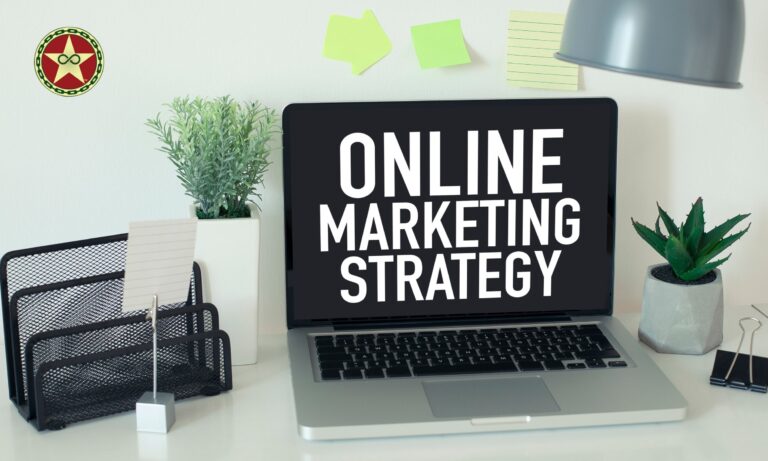How to have time for everything and do it properly? This is the dream of any businessman—not only to reduce time costs but also to optimize them for maximum effect. One of the most famous sayings of Peter Drucker, the founder of modern management, is that efficiency is doing things right, while effectiveness is doing the right things. This idea underlies marketing automation, an industry that emerged in response to the modern problem of how to have time for everything.
Using technology to automate the marketing department’s repetitive tasks and workflows is not at all a bad idea, and in fact, can prove to be highly efficient. This, in a nutshell, is the concept of what is commonly—and hopelessly—termed “marketing automation.” I use the hackneyed term because I think it has devolved into something that is at best a bad joke and at worst a misnomer that is causing marketers to work harder to prove their worth by piling campaign after campaign into their (overworked) sales and push (also overworked) customer service departments.
The merits of marketing automation
Enhanced Effectiveness: Marketing automation streamlines the marketing process by employing software that carries out the tasks that tend to be done in a repetitive fashion, from lead nurturing to email marketing to posting on social media. This efficiency gives your team more time to concentrate on activities that yield a greater return on investment.
The new personalization: Marketing automation boosts the ability of organizations to precisely target their audiences. You can segment your audience based on any number of characteristics (e.g., persona, job title, or company size). Then, using data gathered from more than a dozen different marketing channels, you can serve up unique content to each segment that is designed to appeal directly to them.
Managing leads efficiently is key to growing any business. And one way businesses can do this is by using automation. Automation tools, in particular, can be very useful when tracking and managing leads as they move through the sales funnel. From the first point of contact to the final conversion, these tools simplify the work of sales reps and lead nurturers by alerting them to prime opportunities and allowing them to concentrate on what’s important: talking to prospects.
Improved levels of reporting and analytics are another valuable aspect of marketing automation platforms. These allow businesses to keep a finger on the pulse of how well their campaigns are faring in real-time and make important decisions–especially about whether to carry on with a particular strategy and, if so, how to optimize it–with their eyes firmly on hard data.
As your business expands, so too can your marketing automation efforts. Fortunately, marketing automation offers enough flexibility to benefit you in the long term, no matter your desired level of growth. When set up properly, it is not just a tool that helps you manage leads but also a cost-saving tool that helps you better manage your time and resources.
Techniques for Successful Marketing Automation
Dividing the audience into parts based on demographics, behavior, or otherwise, and personalizing the marketing messages to make each specific part of the partially divided audience feel important by satisfying their unique interests, is what is currently meant by the phrase “segmentation and targeting” in marketing.
Nurture Leads in an Email: With modern software, it is not much of a stretch to suggest that email makes up the most of many people’s workday. It follows that if an audience of leads is to be addressed, then a series of emails sent to their inbox might do the trick. By this logic, one could argue that lead nurturing in a B2B context is mostly done via email automation these days. And it’s working.
Make the most of personalization to engage your audience and convert more of your leads. When we talk about personalization, we don’t just mean the name on top of an email. It’s important to create a more personalized experience in your marketing. A pyrotechnics company, for example, can deliver a long-form, detailed series of emails for potential customers in one geographic area, whereas it might send a video to potential customers in another area who express what seems like more of an interest in spectacle.
One way to use .gif auto-responders is to set up triggers based on user .gif behavior, such as website visits, email .gif opens, or .gif form submissions. These triggers can be used to automatically send targeted .gif messages or .gif offers to prospects.
CRM integration offers the benefit of seamless communication between the marketing and sales departments, as well as a better understanding of both teams’ work. And because marketing automation and CRM are so tightly linked in today’s technology landscape, the prospect of better integration between the two is a realistic and attainable goal for many organizations.
A/B testing means you don’t have to rely on gut feeling or brainstorming sessions with co-workers and friends to decide what will work. Instead, you can let the actual behavior of your audience guide you. The idea is to create variations of your campaigns that you think will lead to the behavior you want, and then to randomly expose segments of your audience to each of the variations. When you know which variations produce the most of the behavior you want, you can make the campaign adjustments that lead to that behavior.
Lifecycle Marketing is the cornerstone of engaging your customers throughout their lifecycle with your brand. From the very moment someone is exposed to your brand, you need to make sure you’re capturing their attention and guiding them towards the next step. At every turn, you need to be relevant, aligned with their stages of progress, and communicating in ways that suit both your brand and the recipient. Lifecycle Marketing is a comprehensive approach to engagement that won’t allow the recipient to be ignored.
In conclusion, this paper has shown the significant impact that the English language has on global communication. Although it is not the only global language, it is by far the most dominant. It has achieved this status through multiple means: a history of imperialism and colonization that has seen English being spread throughout the world, the pervasiveness of American culture, and the ongoing power and influence that North America (including Canada) and the UK exert on the world stage. Besides these means, English as a global language has also benefited in recent decades from the head start it has achieved, with other countries around the world adopting it as a second language. It is for all these reasons—none of them of the language’s making—that English is the foremost world language today.
Businesses benefit greatly from using marketing automation, because it lets them manage campaigns more efficiently. Tools for automation offer many opportunities to reach out to our audiences, especially if we understand them well enough to segment them. Even though we can’t automate good ideas, once we have a good idea, the automation tools available today afford us ways to “step up to” and service those good ideas far more efficiently than in the past. Whether you’re a solo entrepreneur or recognize yourself in the “small- or large company” part of the B2B or B2C marketplace, using marketing automation should deliver results if you use it well.




